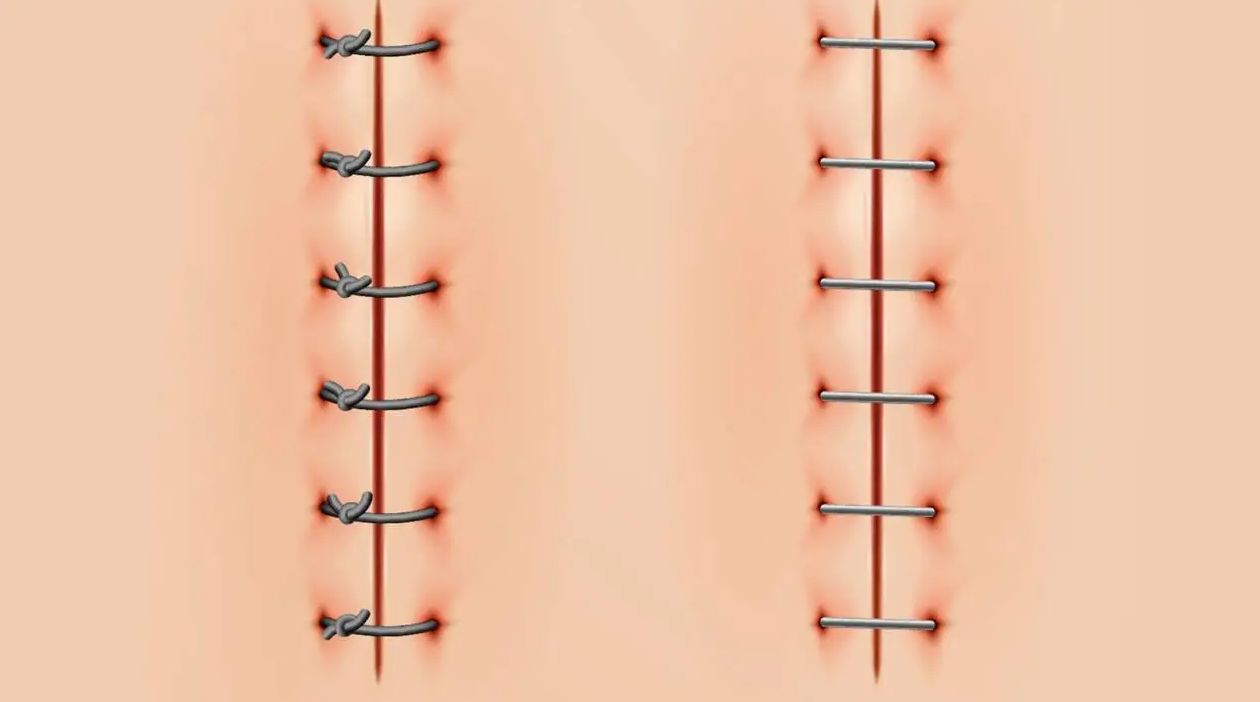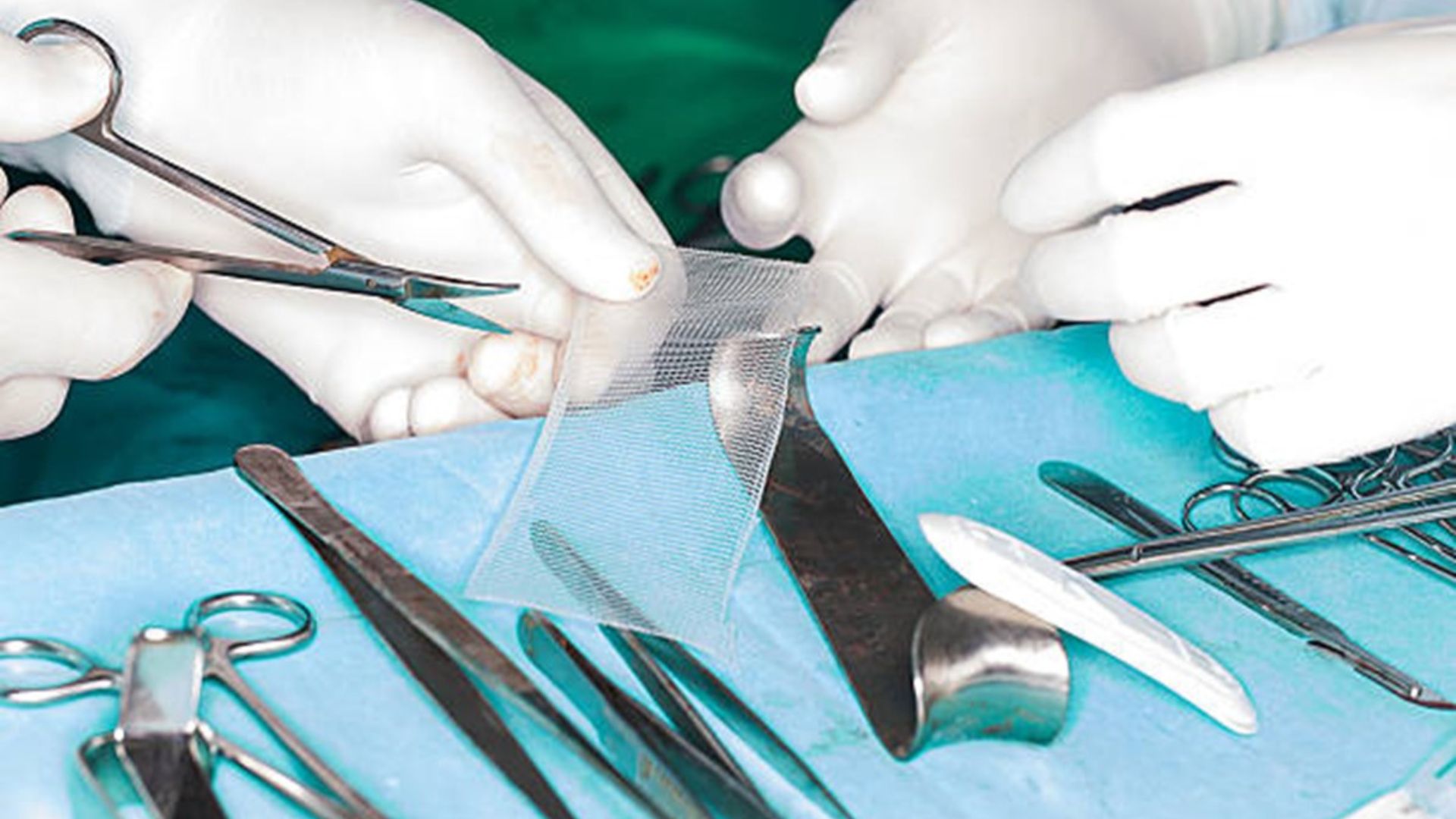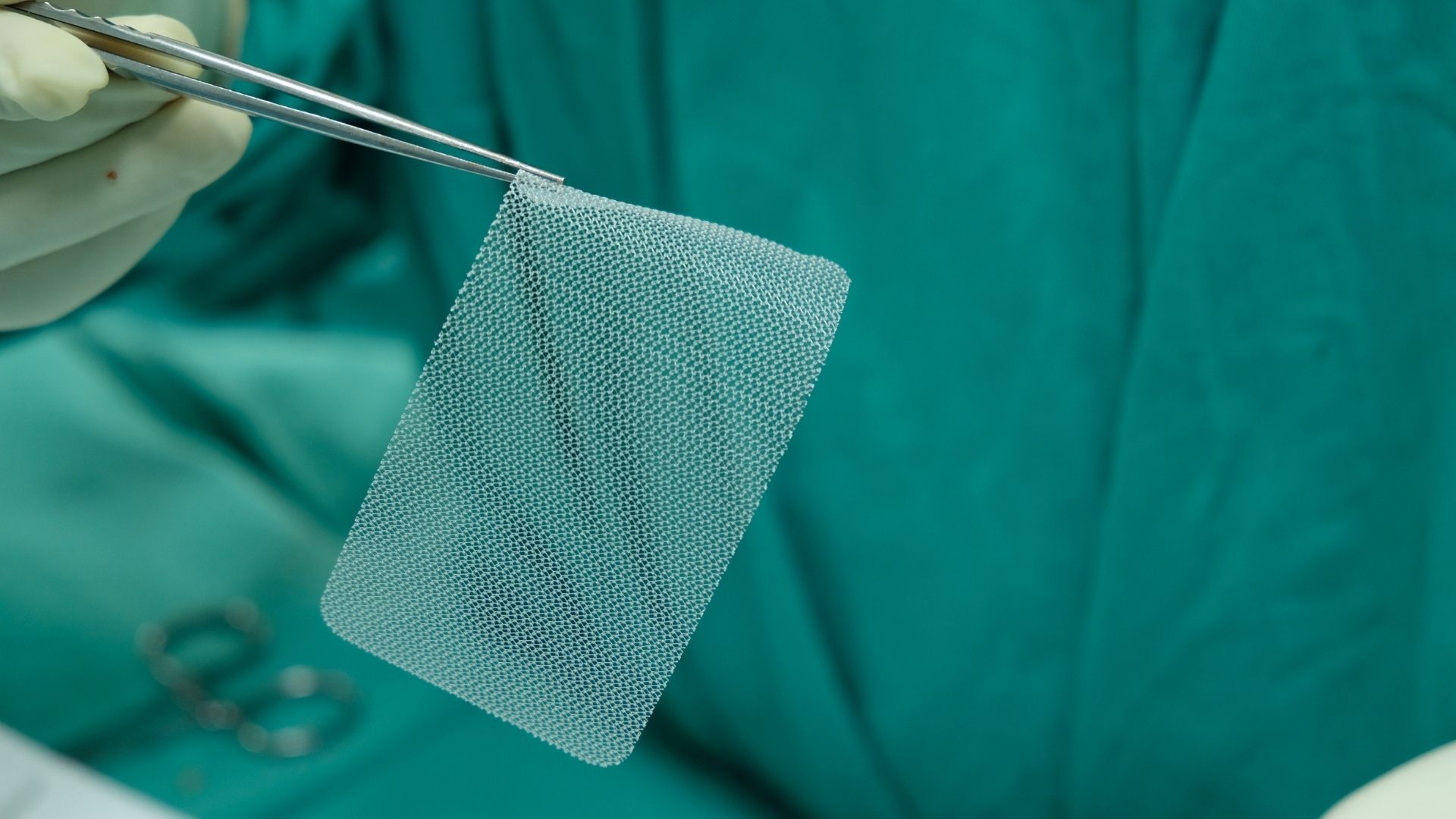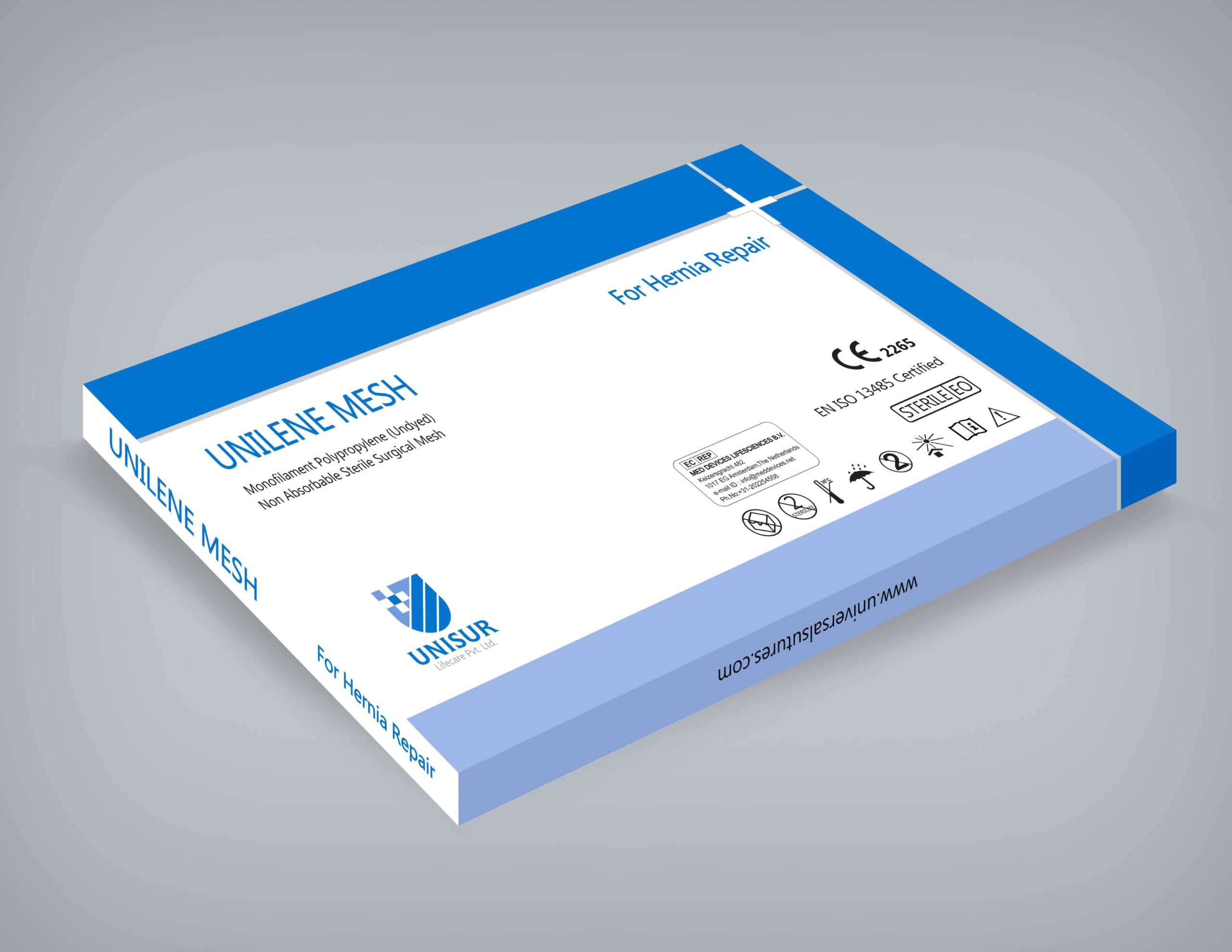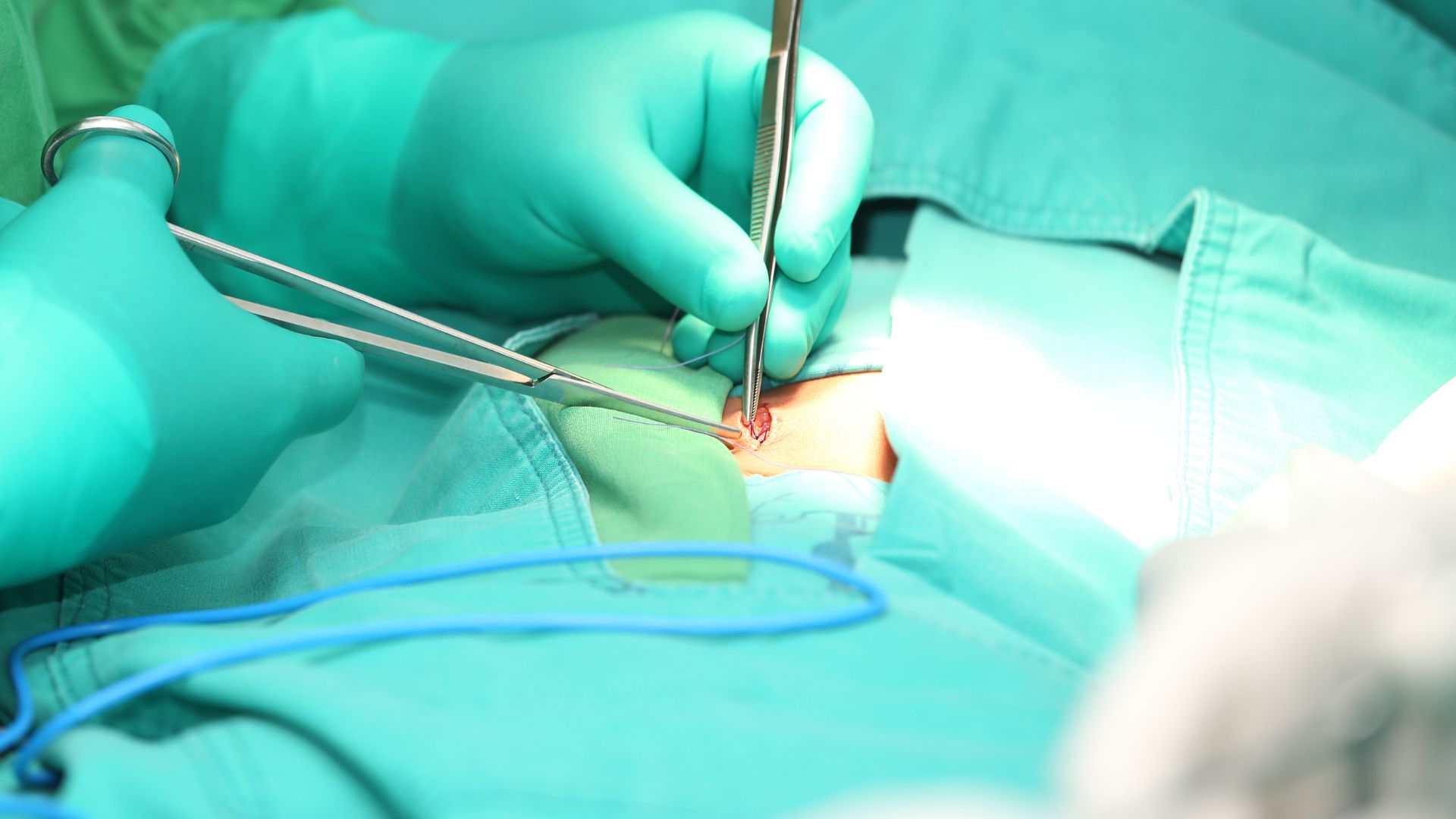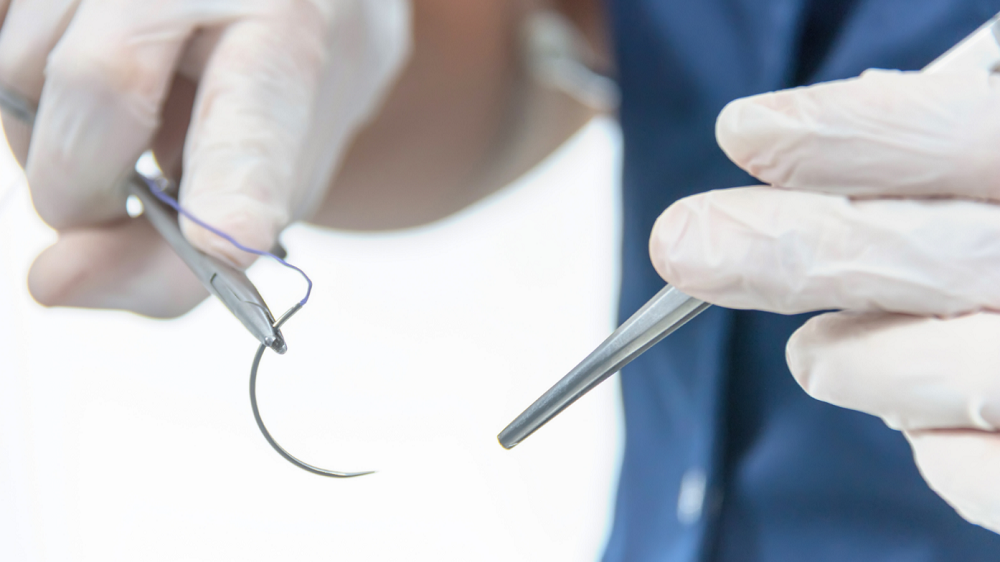Why Universal Sutures Shine Over Skin Staplers in Wound Closure!
Why Sutures are better than skin staplers: Universal sutures company have gold standard in wound closure sutures range. When it comes to wound closure products, universal sutures always have an advantage over skin staplers. Sutures enable correct stitching in a wide range of wound shapes and sizes, ensuring a personalized approach to each patient’s needs.…
Detalles
